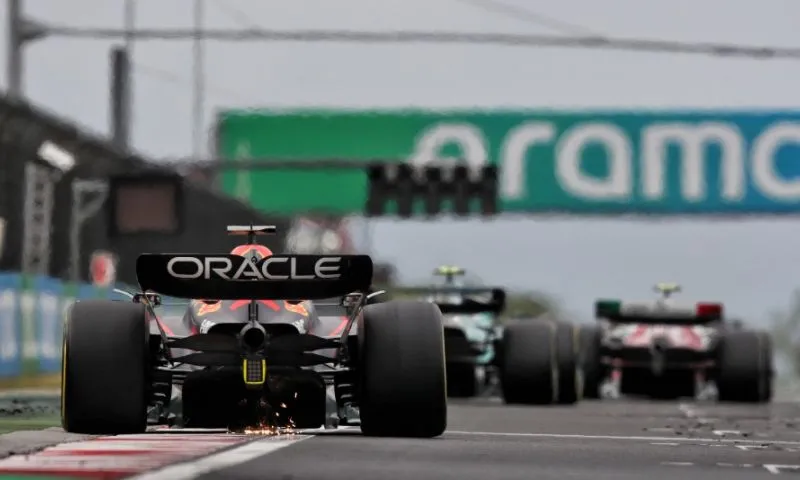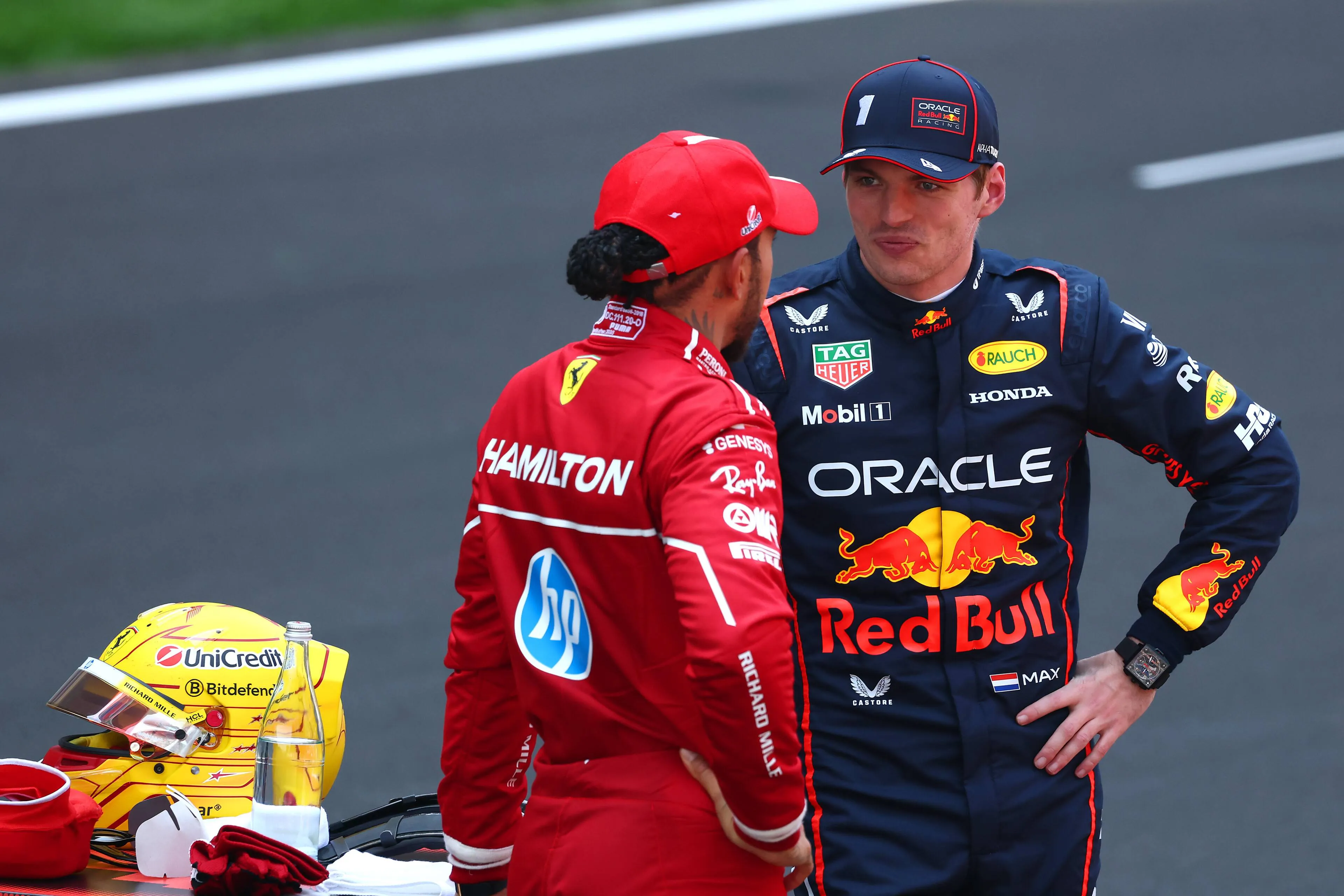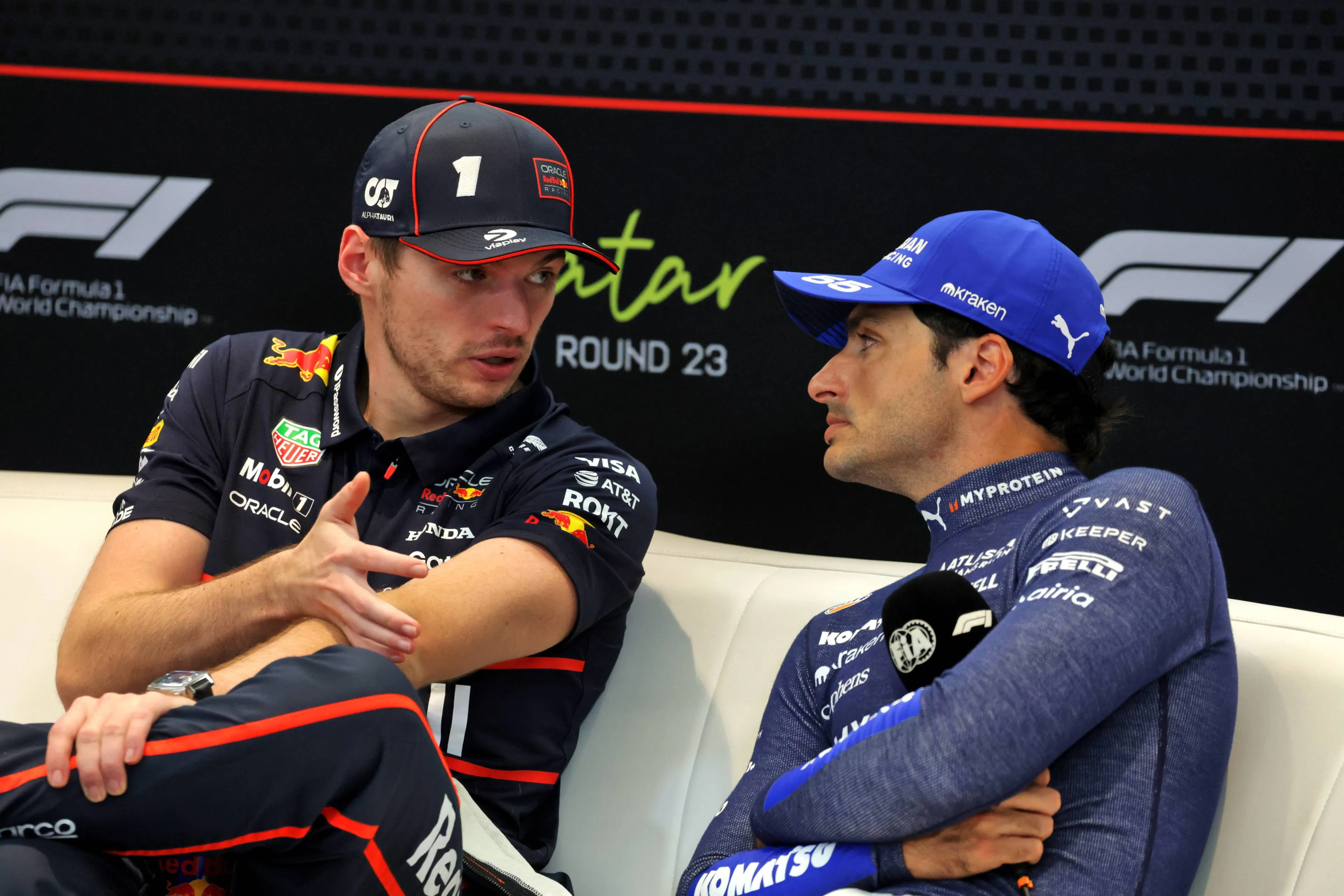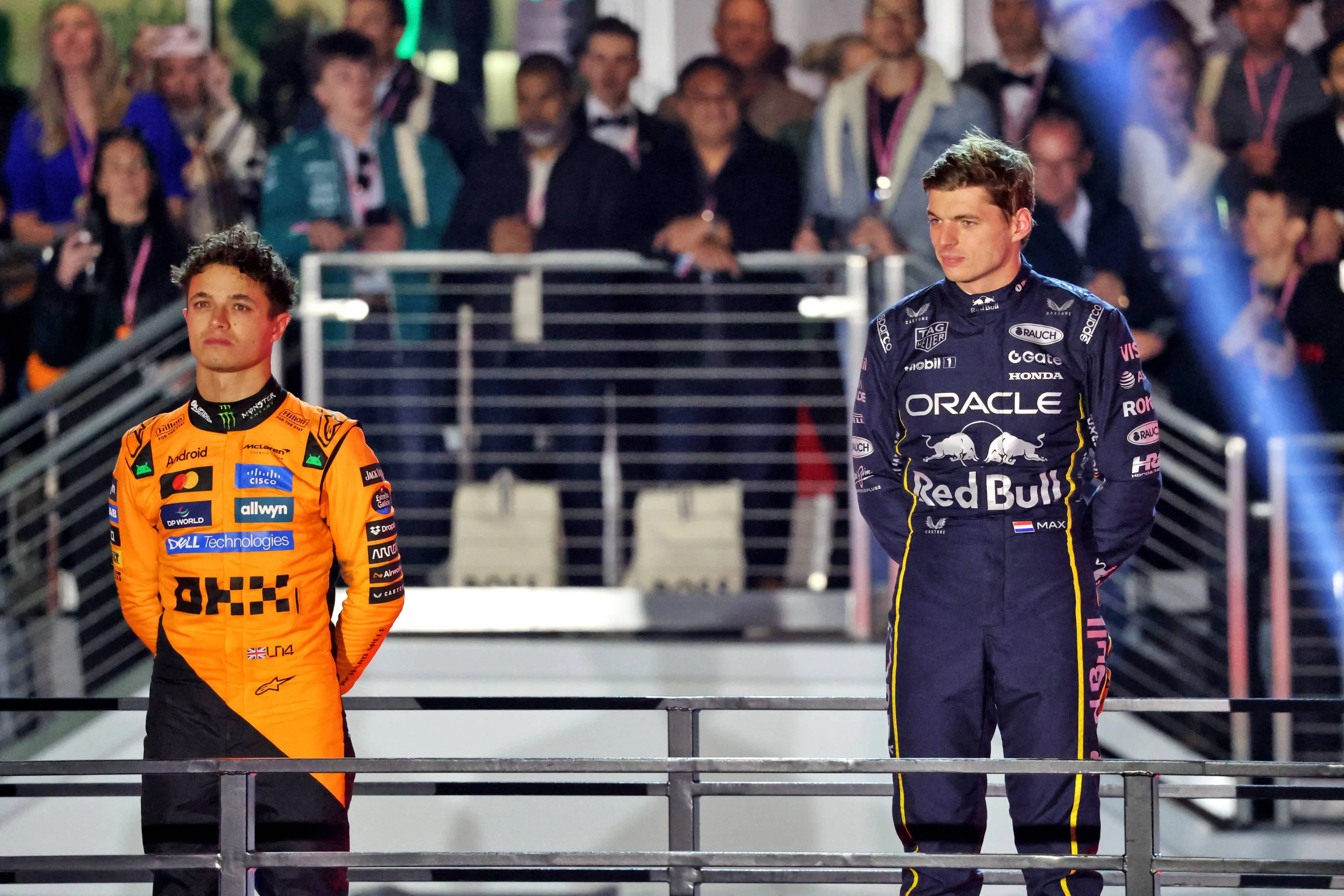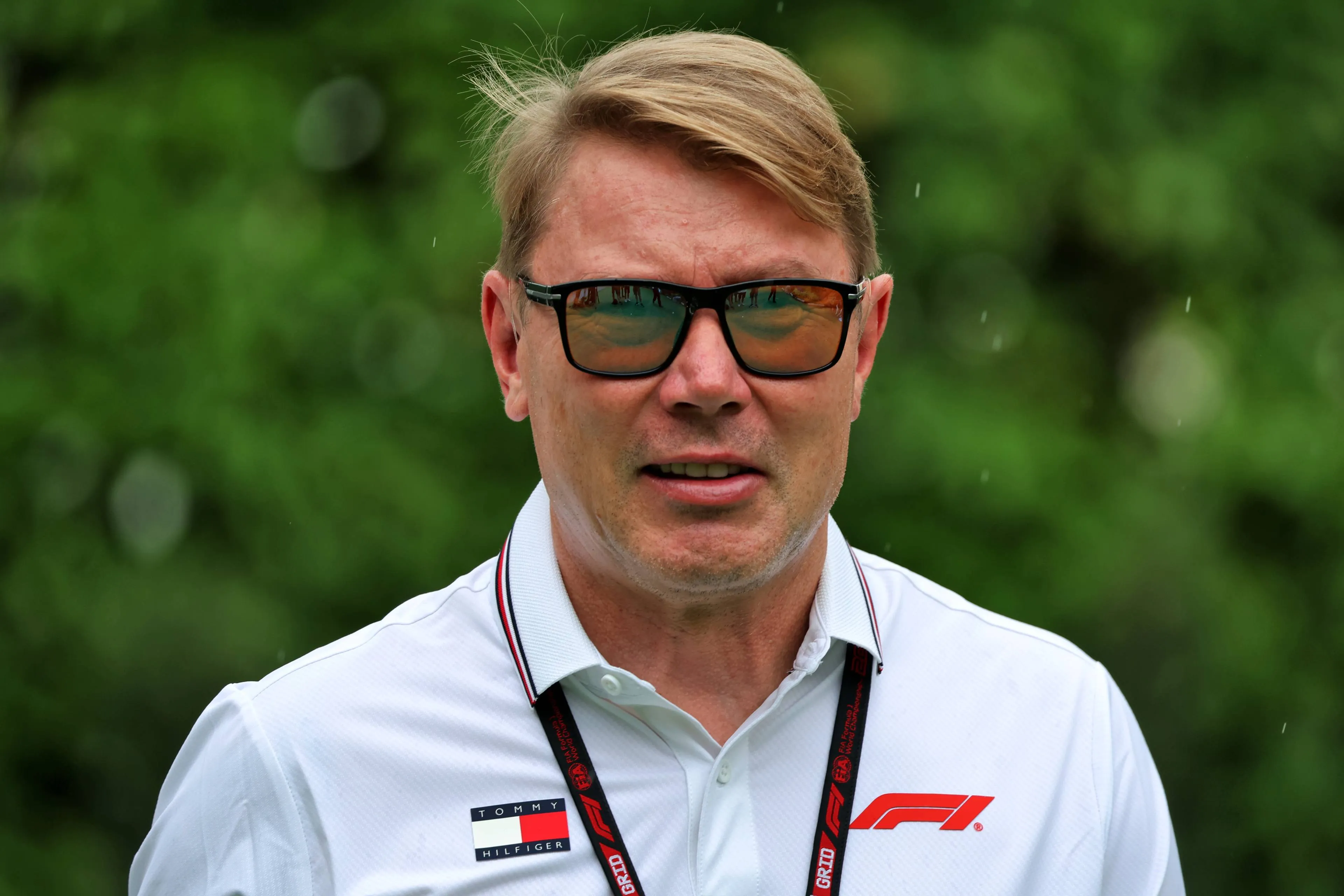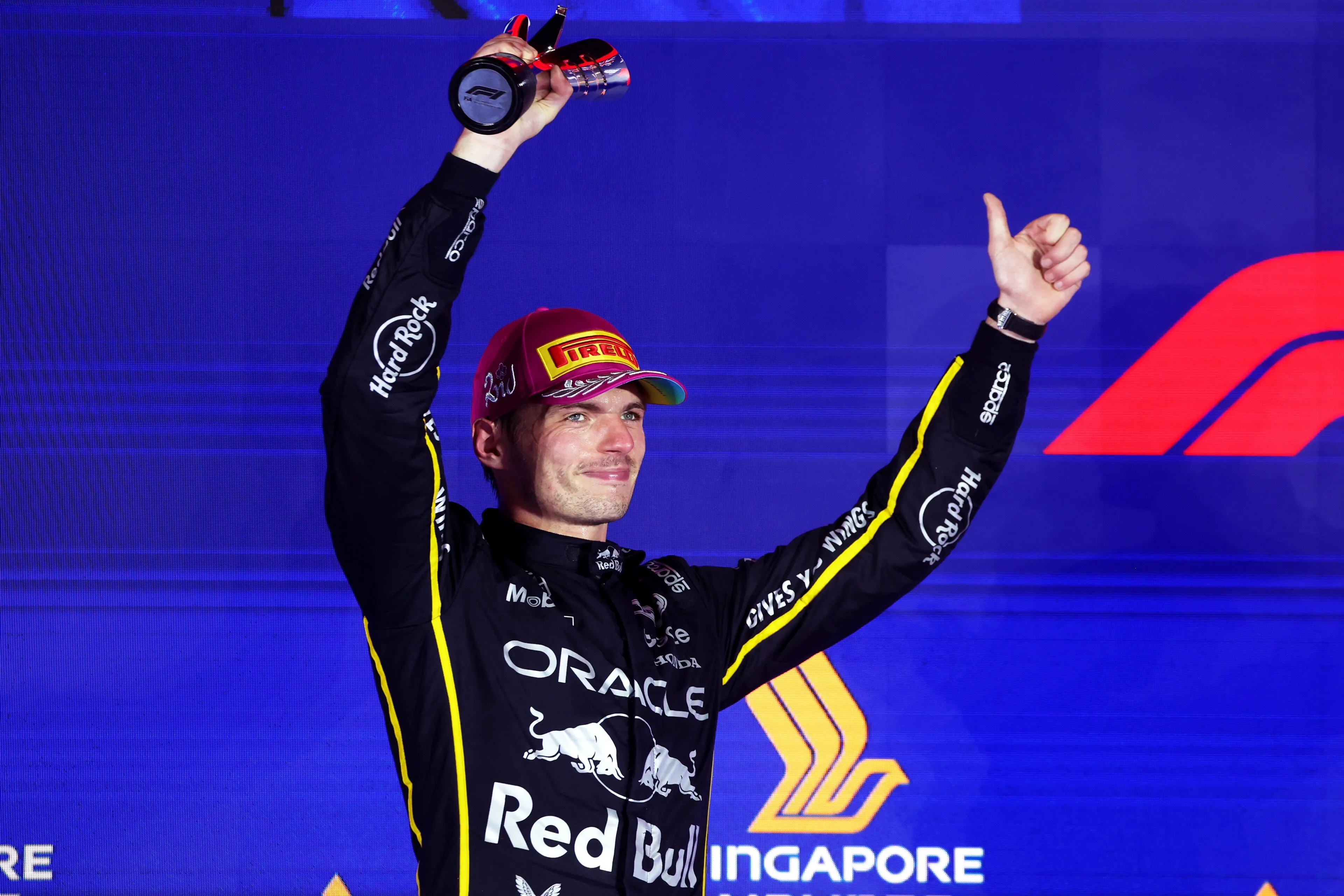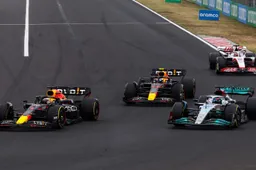The FIA came out with the news on Tuesday evening that the new regulations for 2026 have been approved. There will be some drastic changes, especially on the engine side, to make the sport more sustainable and innovative. GPBlog lists the most important developments.
The organisation is clearly addressing the environmental issues with the new regulations. From 2026 onwards, Formula 1 teams will drive with engines that only use sustainable fuel, thus contributing to solving the issue. Furthermore, little will change in the lower part of the engine, which includes the engine block and the pumps.
Major changes to engines
However, the upper half of the engine will be subject to major changes. The teams will be given the freedom to work on it in order to optimise the combustion system. The FIA has announced that the MGU-H will disappear, which will please Audi and Porsche. As potential newcomers to Formula 1, they will not lag behind the competition in this respect. On the contrary, the MGU-K will provide drivers with more power from 2026 onwards.
The FIA has also decided to make adjustments to the number of components to be used. From now on, drivers will be limited to three ICEs and exhausts. From now on the racing teams may use no more than two of the energy storage units and MGU-Ks. For the first season, however, the FIA is lenient as formations are allowed to replace one of all parts.
Cost limit for engine suppliers
Finally, the FIA is clearly pushing for a cost limit for engine suppliers, which will ensure that costs do not soar in the future. Between 2023 and 2025 it will be set at $95 million, with a subsequent cap of $130 million in 2026. The new manufacturers also enjoy an advantage. They are allowed to spend an extra $10 million in the first two years, while in the third year it is $5 million extra.
FIA commits to four goals
With the changes, the FIA hopes to develop Formula 1 on four levels. The organisation lists the preservation of spectacle, engine sustainability, financial sustainability and attractiveness for engine suppliers as essential components to improve the motorsport class. It is also pushing for changes in the field of porpoising, although these will be seen much sooner.
Read more about:
Popular on GPBlog

1
Oscar Piastri is in talks with other teams, says ex-McLaren driver
8582 times read
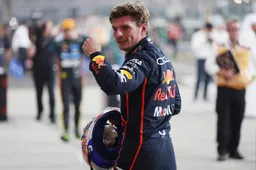
2
Verstappen explains his choice of a new race number for 2026
3078 times read

3
Hamilton faces Ferrari's axe, as Bearman threat looms, F1 insider says
2130 times read
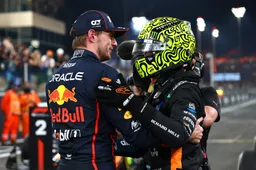
4
'Only one driver can compete with Verstappen, and that's not Norris'
1999 times read
Loading
